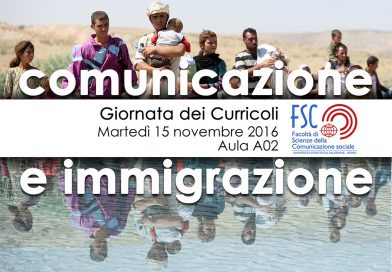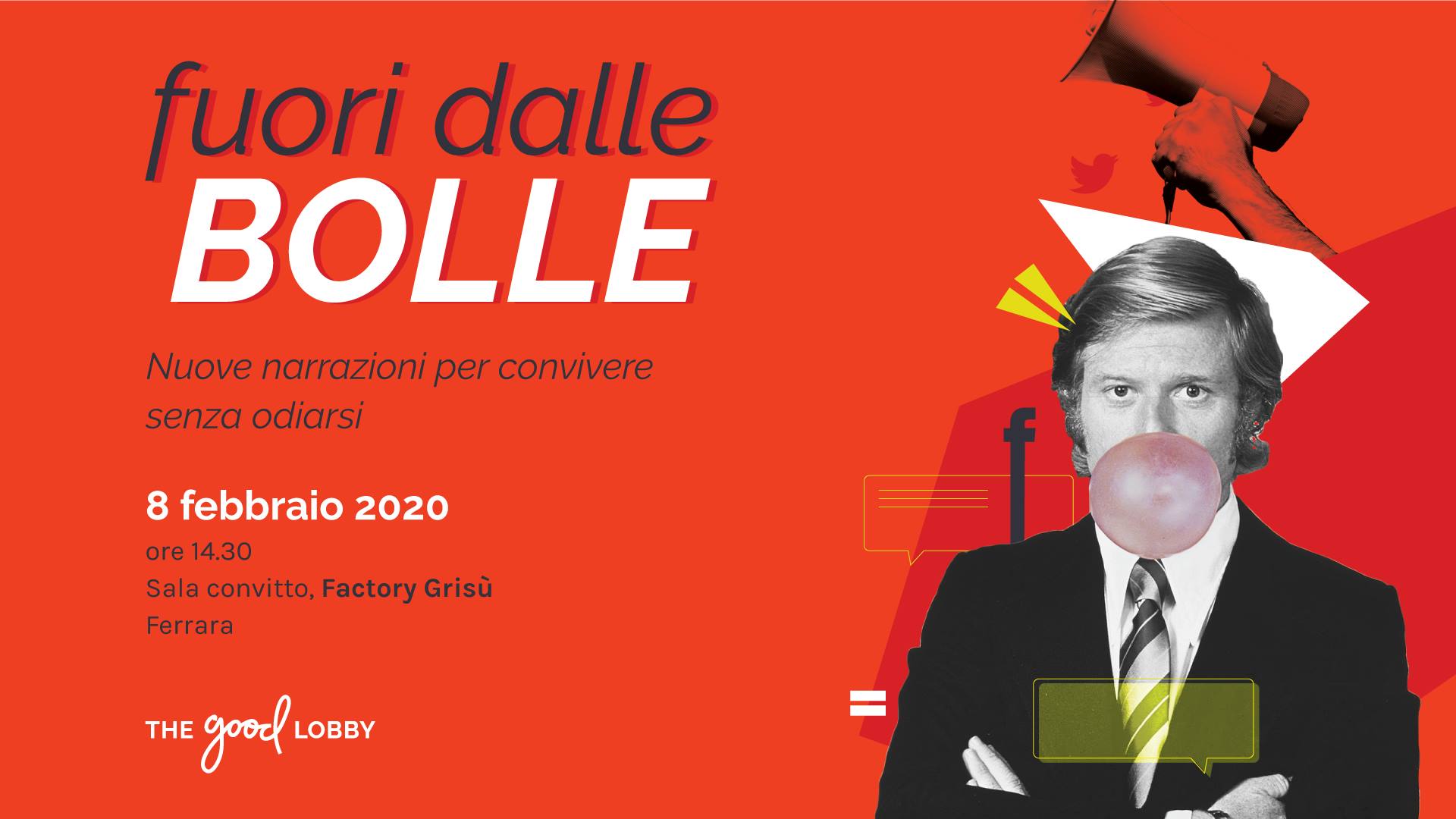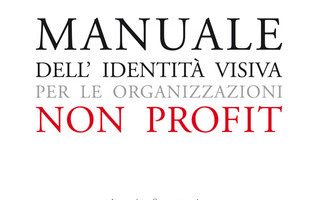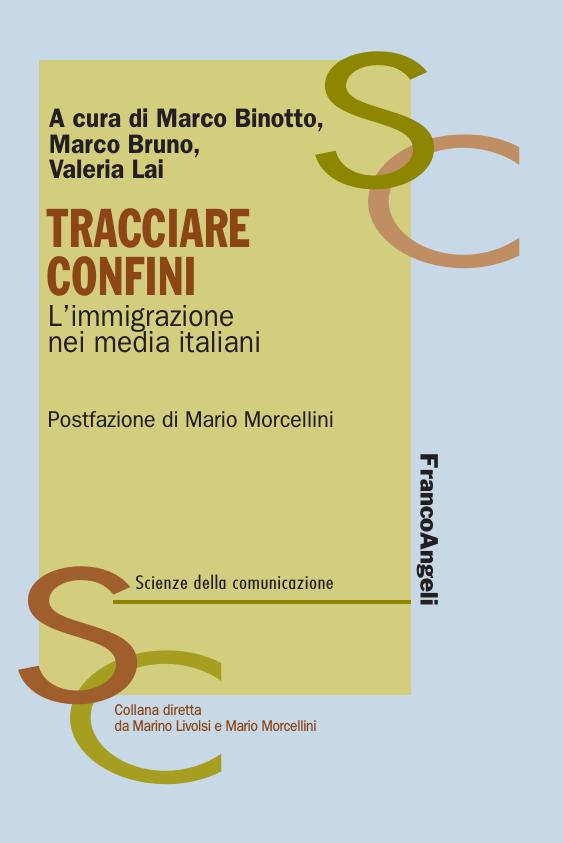Framing “cultural violence”. Gender, cultural stereotypes and prejudices in Italian media
Sono intervenuto, insieme a Marco Bruno, all’International Gender Studies (GenS) Conference “Power asymmetries: leadership, participation, violence and representation. A gender perspective”, nel Panel 4. Gender Representation in the Hybrid Media Ecosystem: Roles, Stereotypes, Social and Cultural Practices, con contributo dal titolo Framing “cultural violence”. Gender, cultural stereotypes and prejudices in Italian media”, 4-6 settembre 2023, MuT – Stintino (SS).
Abstract
At first glance, being foreign, immigrant, or the diversity between populations and cultures may seem different from the representation of gender stereotypes and the distribution of power inequalities between women and men. If the intersectional perspective highlights the very frequent overlap between different types of discrimination, empirical research on the media framing of cultural differences and migrations shows us how much gender stereotypes are an integral part of these narratives.
In our research framework (also conducted in previous years) on media representations of differences, we identify three main news media and “social problems” frames (Binotto 2020; 2022; Bruno 2016). This schemata are constructed by ordering the frames by level of generality, and positioning, on the one hand, the maximum breadth constituted by the key metaphor and, on the other hand, the more circumscribed news frames specific to immigration and intercultural coexistence present in information or media content, passing through general frames present in culture and the media.One of the three identified frames imagines the cultural difference as a contamination risk: using a “the nation as body metaphors” (Wodak 2015), strangers constitutes a danger to the society-body’s health by changing of habits and customs, the mixing of cultures and genomes, and the betrayal of traditions and roots (Pogliano 2017; 2019). In recent years, the most recurrent example of this danger comes from some news stories, cases of femicide, in which the victim is a woman of foreign origin and the perpetrators are her family members. In each case the cause and motivation is attributed to religion or archaic customs of the country of origin and not, for example, to gender differences . The interesting fact is that, embedded in this general pattern, gender identity and violence, in addition to being stereotypically constructed, becomes part of a consolatory narrative of the majority culture. In fact, it shifts the focus exclusively to the “patriarchal system” still and only present in “other people’s nations or cultures. Similarly, such representations are consistent (another key element in the relationship between frames and media narratives) with the more general patterns of reading by symbolic power holders (political and opinion leaders, media institutions) of the diversity and intersectionality represented by these figures who are simultaneously women, victims and minorities.
The paper will illustrate the functioning of this narrative and the overall scheme of analysis through two recent media events that occurred in Italy in the last decade. The research, conducted through discourse and framing analysis, will show the development of framing packages (Gamson 2000; Gamson e Modigliani 1989) through the news media coverage, the social media conversations and the political debate. In this way, in addition to proposing a better understanding of these processes through a systematization, reflection and interpretation of the mechanisms of social construction and insertion into the imaginary of this decisive topics but also the depiction of how these transmedia and cross-cultural narratives are articulated through the Hybrid Media Ecosystem.












